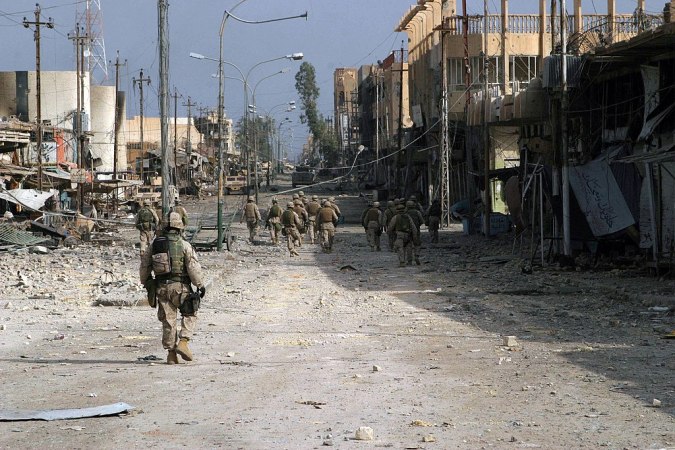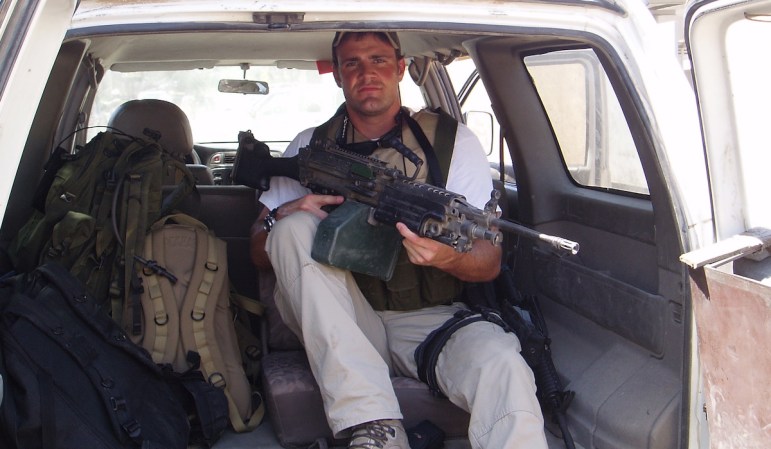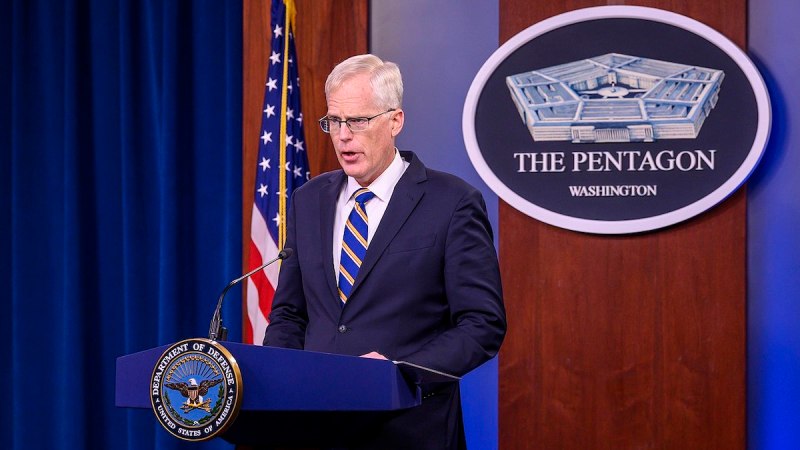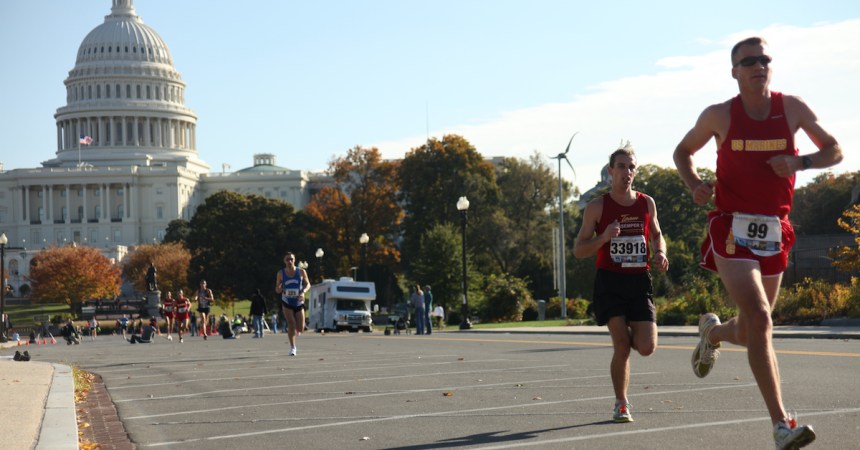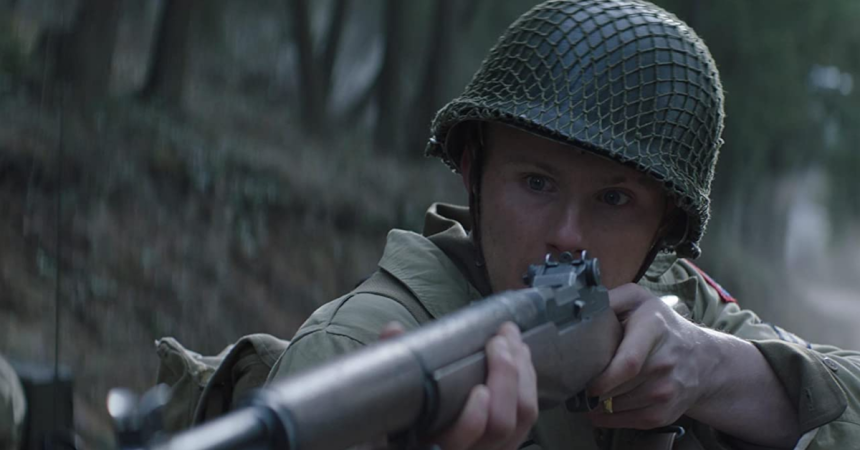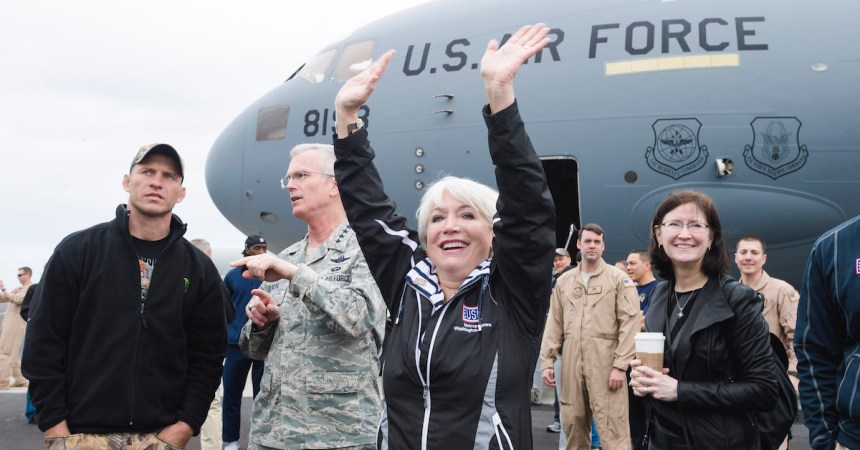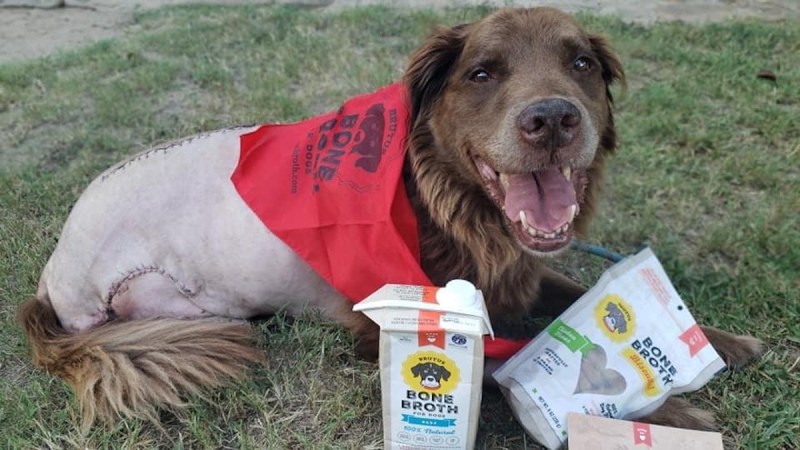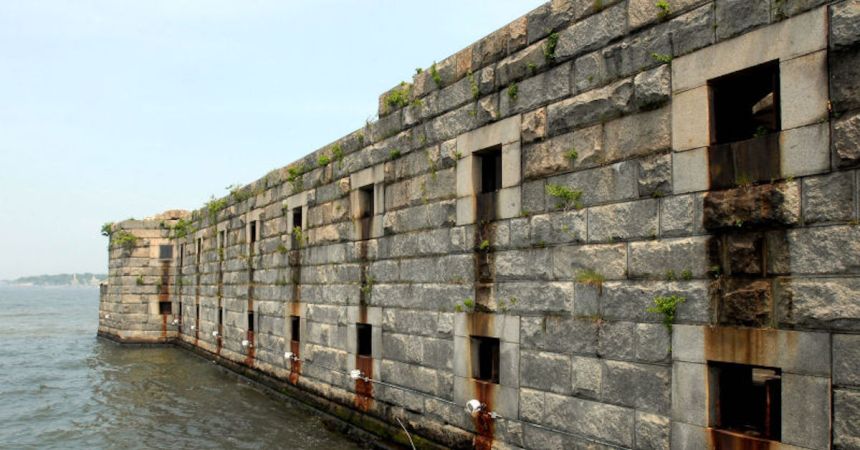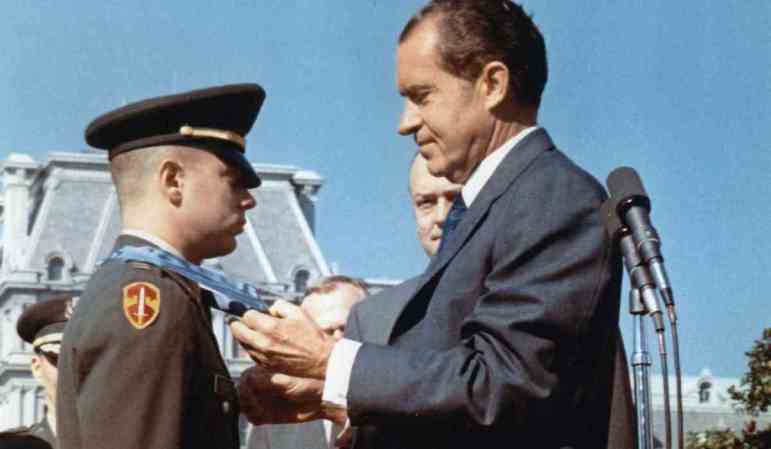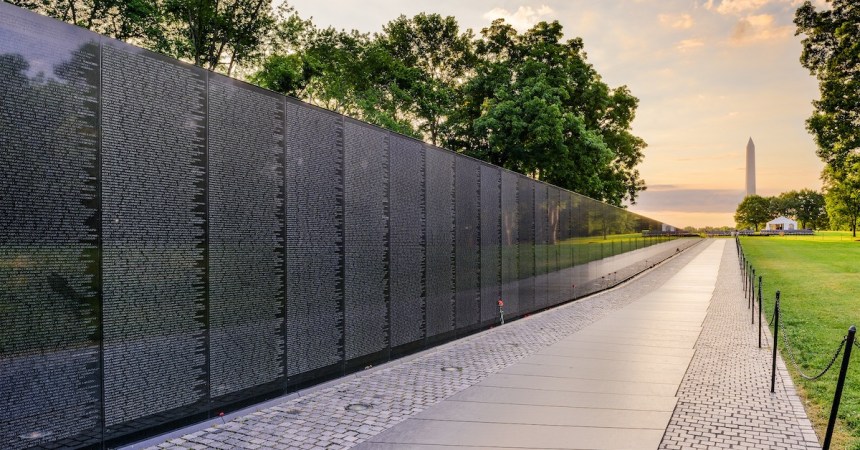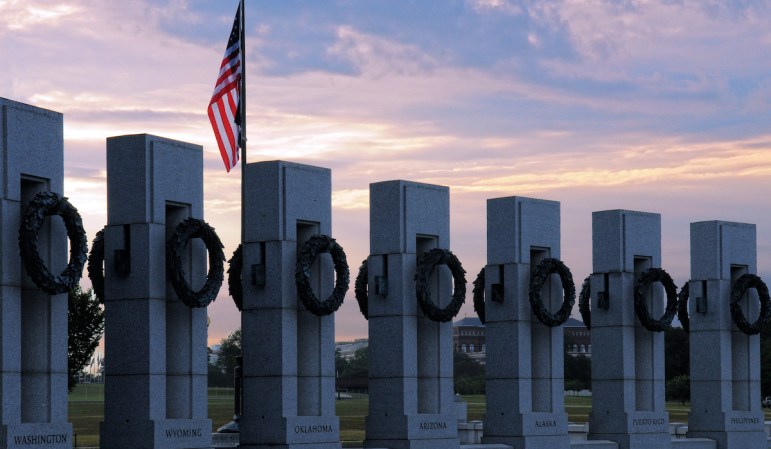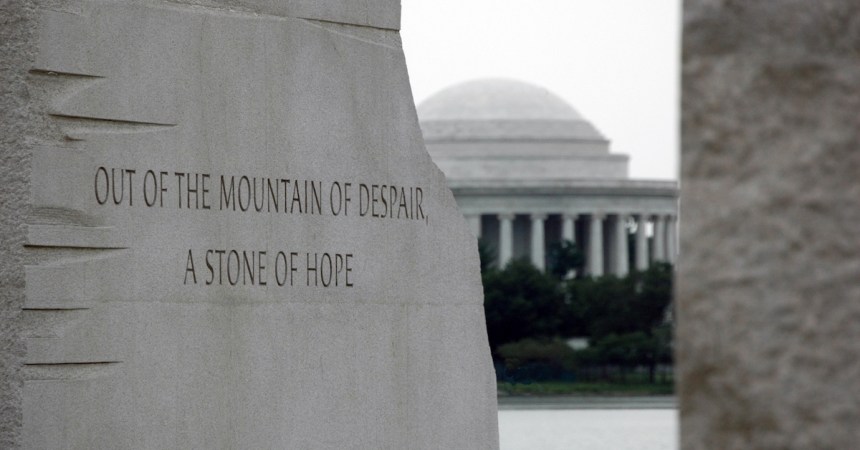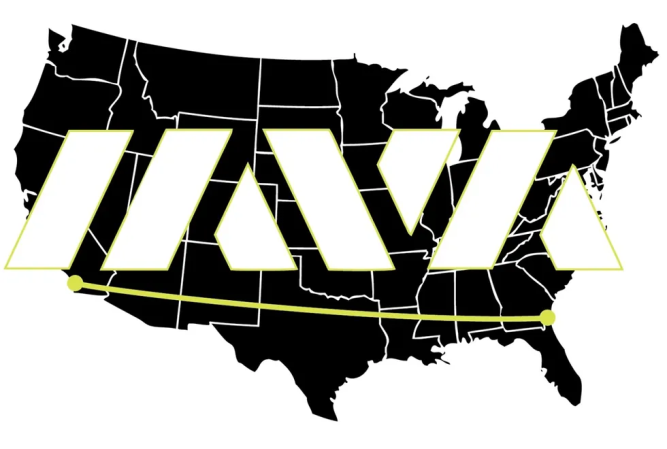1979 was a tumultuous year in the Islamic world. The year opened with the overthrow of the Shah and a revolution in Iran. The year ended with chaos in Islam’s holy city of Mecca when radical terrorists took over the Grand Mosque.
The terrorist group, led by Juhayman al-Otaybi, believed that the Mahdi (Arabic for “the redeemer”) arrived on earth in the form of al-Otaybi’s brother-in-law, Muhammad Abdullah al-Qahtani.
On the morning of Nov. 20, 1979 al-Otaybi led some 500 armed insurgents into the mosque just as the Imam was preparing to lead 50,000 followers in their morning prayers. The terrorists killed two unarmed policemen before barricading the gates and taking up defensive positions around the mosque and in the minarets.

Within hours, a large force of police from Mecca assembled and attempted to retake the mosque. However, they were outgunned and exposed and were forced to fall back after taking heavy casualties.
Soon, Saudi Army and Saudi National Guard troops joined the surviving police and cordoned off the mosque. The remainder of the city was evacuated by that night. However, further response was delayed due to several issues: Two important Saudi princes were out of the country and unable to give direction. Additionally, violence inside the Grand Mosque is strictly prohibited by Islamic Law. Any kind of violent action required the issuance of a fatwa from the ulema – Islamic intellectuals – to allow for troops to retake the mosque.
In the meantime, Saudi, Pakistani, and French Special Forces arrived in the area to prepare for retaking the mosque.
According to Lawrence Wright, since non-Muslims are barred from entering the holy city of Mecca, the three French commandos converted to Islam in a brief ceremony before continuing with their mission.
With the approval of the ulema to commit violence against those holding the mosque, Saudi forces attempted another assault against the insurgents. Again, the Saudi’s were thrown back with heavy losses. The insurgent snipers in their perches easily picked off approaching troops.
After their second defeat, the Saudis turned to the French to devise a plan that would allow them to retake the mosque.
The French solution was to use gas – pumped into the underground tunnels beneath the mosque – to incapacitate the insurgents so assault forces could then make their way in and kill the terrorists. Unfortunately, the twisting, expansive nature of the tunnels failed to keep the gas concentrated enough to work.

Eventually, Saudi forces drilled holes in the walls and used tear gas and grenades to drive the insurgents away from their strongpoints. In conjunction with Pakistani Special Forces, the assault was renewed.
Those caught in the open were quickly killed. However, many insurgents retreated into the catacombs below the mosque and put up a staunch defense. The Saudi and Pakistani forces fought a bloody battle, oftentimes indiscriminately killing insurgents and hostages alike, in order to retake the mosque.

The siege and battle had lasted more than two weeks and resulted in 255 killed inside the mosque on top of some 127 military personnel killed. Total casualties, including wounded, exceeded 1,000.
68 insurgents, including their leader al-Otaybi, were captured following the battle. Al-Qahtani, the supposed Mahdi, was killed during the recapturing of the mosque.
The insurgents were shown no leniency and were found guilty of seven crimes: violating the sanctity of the Grand Mosque, violating the sanctity of the month of Muharram, killing fellow Muslims and others, disobeying legitimate authorities, suspending prayer at the Grand Mosque, erring in identifying the Mahdi, and exploiting the innocent for criminal acts.
They were divided up into four groups and sent to four cities around Saudi Arabia. The convicted were then publicly executed by beheading.

The seizure of the Grand Mosque also had the effect of drastically changing policies in Saudi Arabia. Even though the attack was carried out by religious fundamentalists, the king turned to more religion in society to placate any more fundamentalism. These fundamentalist reforms hold sway in Saudi Arabia to this day.




